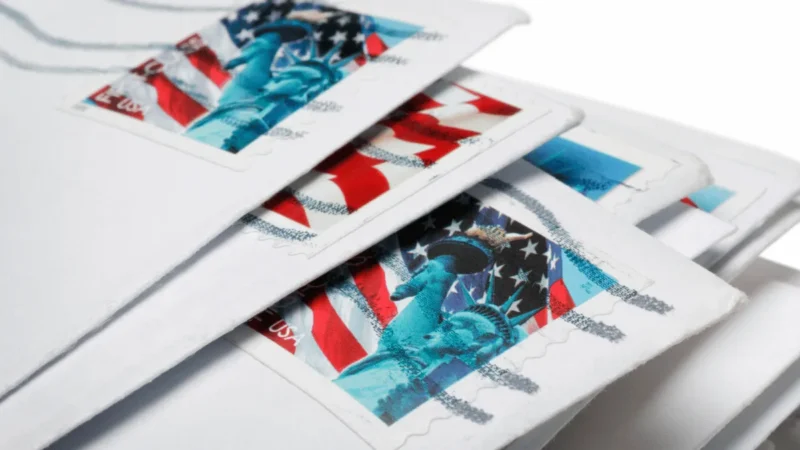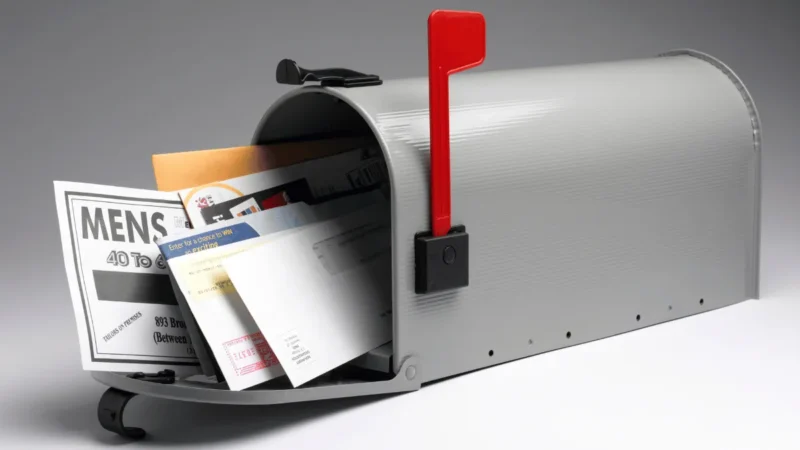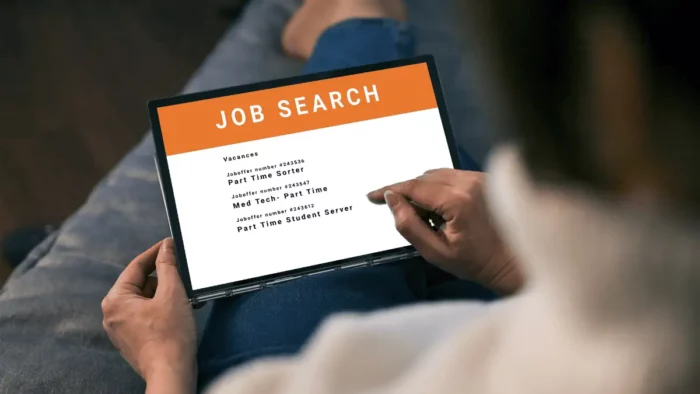Are you dealing with important business communication through the post office? If you’re trying to get a message across in the right way, effective mail often takes careful planning and execution. With the wrong approach, your post mails might not be read or taken seriously by the intended recipient.
To ensure that doesn’t happen, here are 6 ‘golden rules’ of mail etiquette when it comes to handling business communication via post office – from crafting impactful subject lines to constructing appropriate content for maximum impact.
Read on to learn more about how to maximize results for your next important business-related mail!
Use professional language that is concise and clear.
When exchanging mail with colleagues, it is important to use professional language that is concise and clear. Utilizing strong communication skills through written correspondence can leave positive impressions on those you interact with and help foster meaningful conversations or collaborations.
To ensure that your point is understood without the context of an in-person conversation, consider the audience for whom you are writing and practice providing only the necessary information to make your point.
This will not only help maintain professional rapport but also save time so messages can be responded to promptly. Furthermore, staying organized and mindful of business etiquette increases overall efficiency too.
Address the recipient in the opening sentence of the message.
When writing a message, one of the most important elements to include is an appropriate address to the recipient. Without this first sentence clearly greeting your recipient, the message will feel incomplete and can be perceived as unprofessional. This simple step can also normalize your writing so that it is friendly and warm, without any confusion regarding whom it is intended for.
A mere mention of the nearest post office may show signs of courtesy or familiarity depending on which words you choose. Therefore, don’t forget to start off your message with the proper addressee for successful communication!
Make sure to be as specific as possible.
It’s important to be specific when communicating plans and requests to prevent any misunderstandings that could occur. Being specific when creating your message, allows everything to run smoothly as there are no assumptions being made by either party. Taking the time to provide clarity eliminates the need for follow-up inquiries, saving both parties time and frustration.
Defining what you’re asking for in complete detail ensures you get exactly what you need the first time. All that’s required of you is to take a few extra moments to explain each step with precision, making sure to include all relevant details. In return, this helps minimize confusion and ensure activities can be done quickly and correctly.

Always provide a deadline or timeline for any action.
Setting a timeline for things to be completed is essential in any task or endeavor. Having a set timeline helps to ensure that all activities are accomplished efficiently, thoroughly, and in the appropriate timeframe. At times, a deadline may seem unreasonable; however, it provides a much-needed motivation for any task that needs to be completed.
When providing deadlines or timelines, it is important to consider due dates from multiple perspectives such as those who are responsible for completing the task as well as all other stakeholders who are impacted by tasks not being completed on time. This can help mitigate potential risks and conflicts while ensuring that everyone has their responsibilities handled accordingly.
Include all relevant contact information at the end.
At the end of any message, it is important to provide people with relevant contact information in case they need to follow up or get in contact with you. This can include important details such as your phone numbers and email addresses. Having this information at the end of your message is a common thing to do so that people who need to write to you back don’t have to go searching for it. Providing this additional piece of information can help ensure that any communication remains smooth and efficient.
Proofread your message before sending it.
The power of communication can never be understated, so it pays to make sure that you take the time to ensure accuracy and clarity in your messages before sending them. Taking a few moments to proofread your message before going to the post office can save you a lot of headaches in the future. Don’t risk natural miscommunication – proofread every message thoroughly before sending it!
As a valued reader, we hope this blog post has been helpful in pointing you in the right direction when crafting letters for mailing. Remember that it is important to remain professional and friendly by addressing the recipient in the opening of your letter, providing clear and specific details, including contact information, and creating deadlines or timelines as needed.
Always proofread your message before sending it off to make sure everything is accurate and professional looking. Taking these steps will help ensure effective communication with anyone you’re working with via mail!





